Last summer, Verrado High School students from Green Hand Club had the opportunity to take an educational tour of the Dominican Republic. The experience opened my eyes to the island nation’s innovative strategies for managing the overwhelming tons of garbage deposited across the country, offering me a unique perspective on global environmental challenges and the power of community-driven solutions.
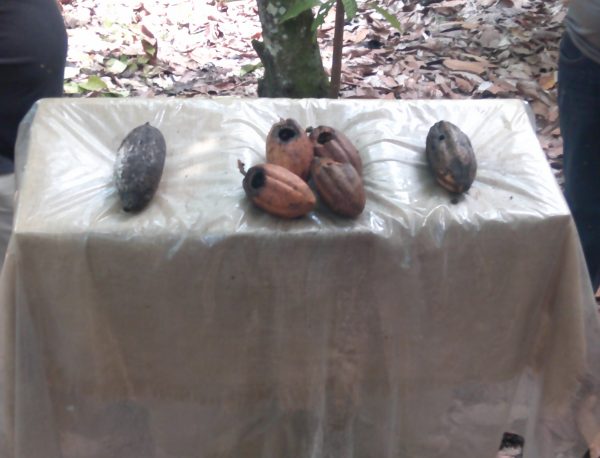
In the past 30 years, the Dominican Republic’s fight against the pollution that grips the country’s wonderful biomes has been picking up steam.
This has been done to combat the ecosystems that have deteriorated due to the usage of unsafe chemicals in its agricultural sector, but especially due to the country’s almost completely unregulated and informal trash sites.
It’s hard to believe 11,000 metric tons of waste are produced daily, 2,000 tons of which, or roughly 20%, are plastics. This becomes an environmental catastrophe when about 95% of the Dominican Republic’s trash is dumped in informal trash sites that aren’t enclosed from the environment.
This often means that wastes, especially plastics, from these informal trash sites infect the country’s beautiful and rare ecosystems.
Pollution isn’t just trash alone that’s been a problem for conservation efforts in the Dominican Republic, however. It’s also the usage of unsafe pesticides and chemicals in the agricultural process.
In 1994, it was found that run-off pesticides, pesticides that essentially found their way into the ocean, from a rice plantation in Samana began infecting local rare marine ecosystems.
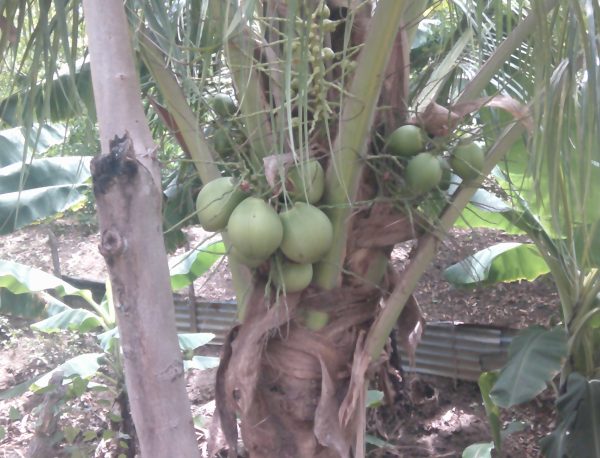
However, the Dominican Republic has come a long way in 30 years as the plantations exporting main agricultural trades such as bananas, coffee, cacao (the main ingredient in chocolate), and pineapple are all doing their part to fight against pollution.
Novelties such as genetically modified organisms, GMOs, are banned nationwide in the Dominican production, marketing, or import of them.
Despite this law not being particularly enforced, this leaves them with a strong adherence to using anything on their use on their crops that isn’t natural, a far cry from their once pesticide and/or chemical-ridden past.
“Pollution and littering have significantly impacted the quality of life here,” Eudis Medina, a lifelong citizen and tour guide for Education First Tours offered a Dominican Republic trip, “Accumulated trash in both urban and rural areas affects health, tourism, and wildlife. It’s a problem that all residents feel in some way, from the loss of green spaces to the contamination of water sources.”
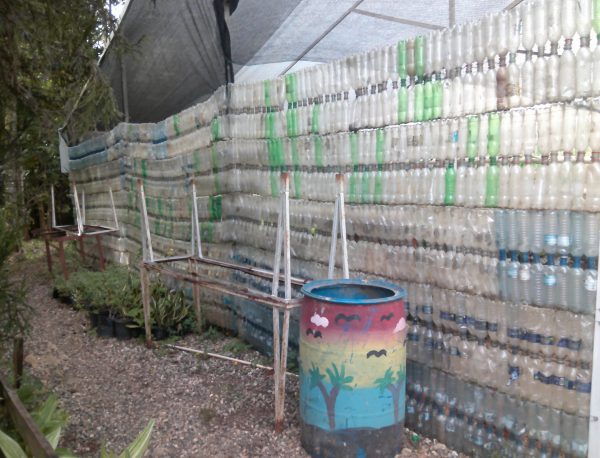
One of the first places my group went to in the Dominican Republic was the Ites Marena Estudios Superiores en Medio Ambiente y Recursos Naturales in Jarabacoa, a school with the sole purpose of teaching environmental, agricultural, and conservation science.
Within the school grounds, I was taught a sample of what they teach their students. I was shown how to compost, how to till soil, and how to build space-efficient gardens.
Throughout the tour of their campus, I saw firsthand how they used used plastics, the walls of greenhouses would entirely be made of old and reused plastic bottles, and old tires were painted over and used to section certain plants in gardens.
By recruiting people to workshops, organizations in the Dominican Republic have and can effectively educate the masses in incorporating ways they can fight against the pollution of their homes, such as the usage of old plastic bottles and tires like what I saw on the campus along with the skills above and strategies I was shown on campus, and stop any further loss that they have endured in pollutions reckless path towards ecological destruction.
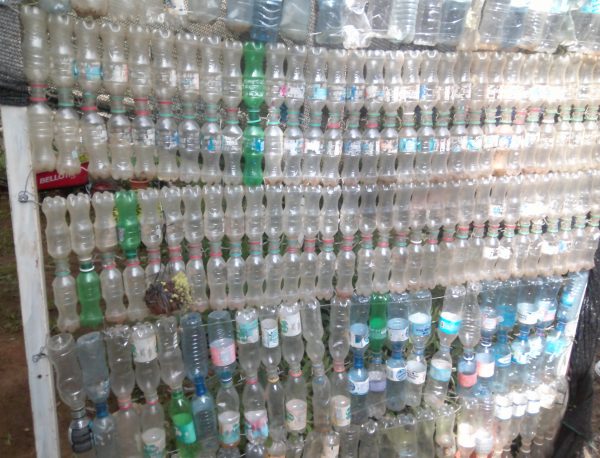
Schools aren’t the only ones doing their part to preserve and save their home though, so are the local plantations previously discussed. Unlike how they might have 30 years prior, pesticides aren’t used in Banana Plantations to stop the spread of a common fungus called Panama disease, instead, they opt to plant coconut trees in between each of their banana trees to stop the spread of the fungus as coconuts are naturally immune. But most importantly this strategy called cross-planting doesn’t cause the ecosystem surrounding the plantation to be polluted with foreign, manmade, chemicals which could threaten and pollute local wildlife and habitation.
Another example comes from the Cacao Plantation I visited as well, local woodpeckers would often pick into fruits for the sole purpose of attracting insects so they may eat them later on, instead of anti-bird repellents that’d effectively starve or kill the local woodpecker population, they opted to instead grow large fruit trees that’d be more attractive to the woodpeckers.
To keep critters from eating the cacao being grown, the classical technique of scarecrows was also employed, shown off during the tour of that plantation. Once again, a natural, non-polluting, solution was found to a problem and thus the fear of the local ecosystem being threatened was removed.
But what can we learn? What insight could this country’s local efforts to fix their pollution problem tell us about our pollution problems back home?
Arizona ranks 26th in pollution, almost dead middle. There is plenty of improvement to be made in our recycling. Many cities as of recent in Arizona have had to suspend or dramatically reduce their funding towards recycling programs, so it can be argued we’ve been regressing in recent years, which sets us on a worse path to pollution.
So what can we learn? All of what was discussed about the Dominican Republic’s focus on conservation efforts through providing workshops, community-held programs, campuses, and their push towards organic solutions in their agricultural industries, are applicable here.
Alexandria Silva, a teacher who is part of Desert Edge High School’s agriculture program responded to the question:
By providing workshops and community-led programs focused on the environment, we can empower people with the knowledge and tools they need to make more sustainable choices. This could help reduce pollution and promote practices like recycling and repurposing waste, which are crucial for preserving our environment.
Integrating these educational efforts into our agricultural industries, much like what’s happening in the Dominican Republic, could lead to more environmentally conscious farming practices. Given Arizona’s significant agricultural sector, this could have a positive impact not just on the environment, but also on the long-term sustainability of our local farms.
By following in their footsteps, Arizona could foment consciousness around the environmental issues we face both commercially and on a societal scale, more specifically pollution, and create a demand for more to be done about our world and the treatment of our local environment.

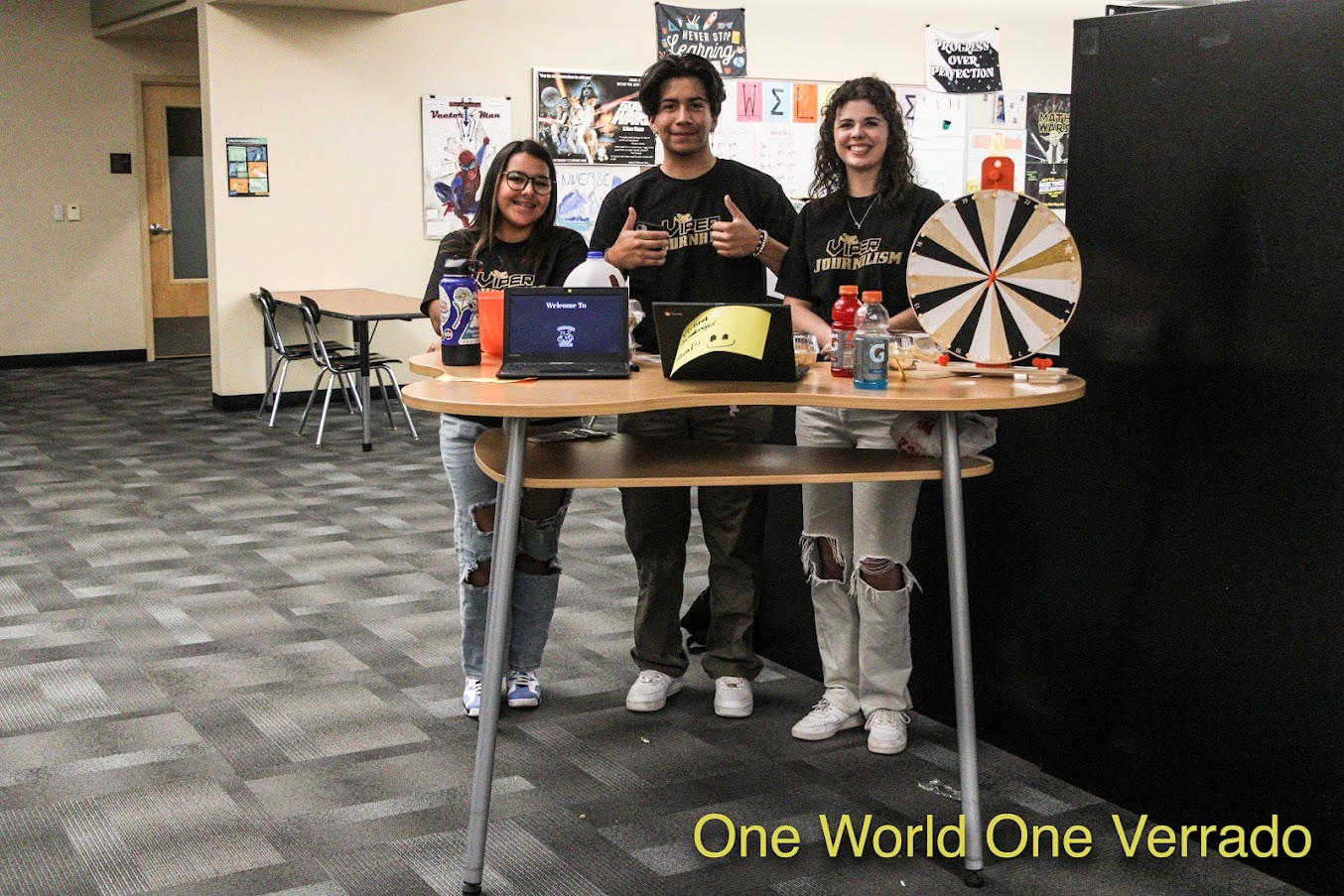


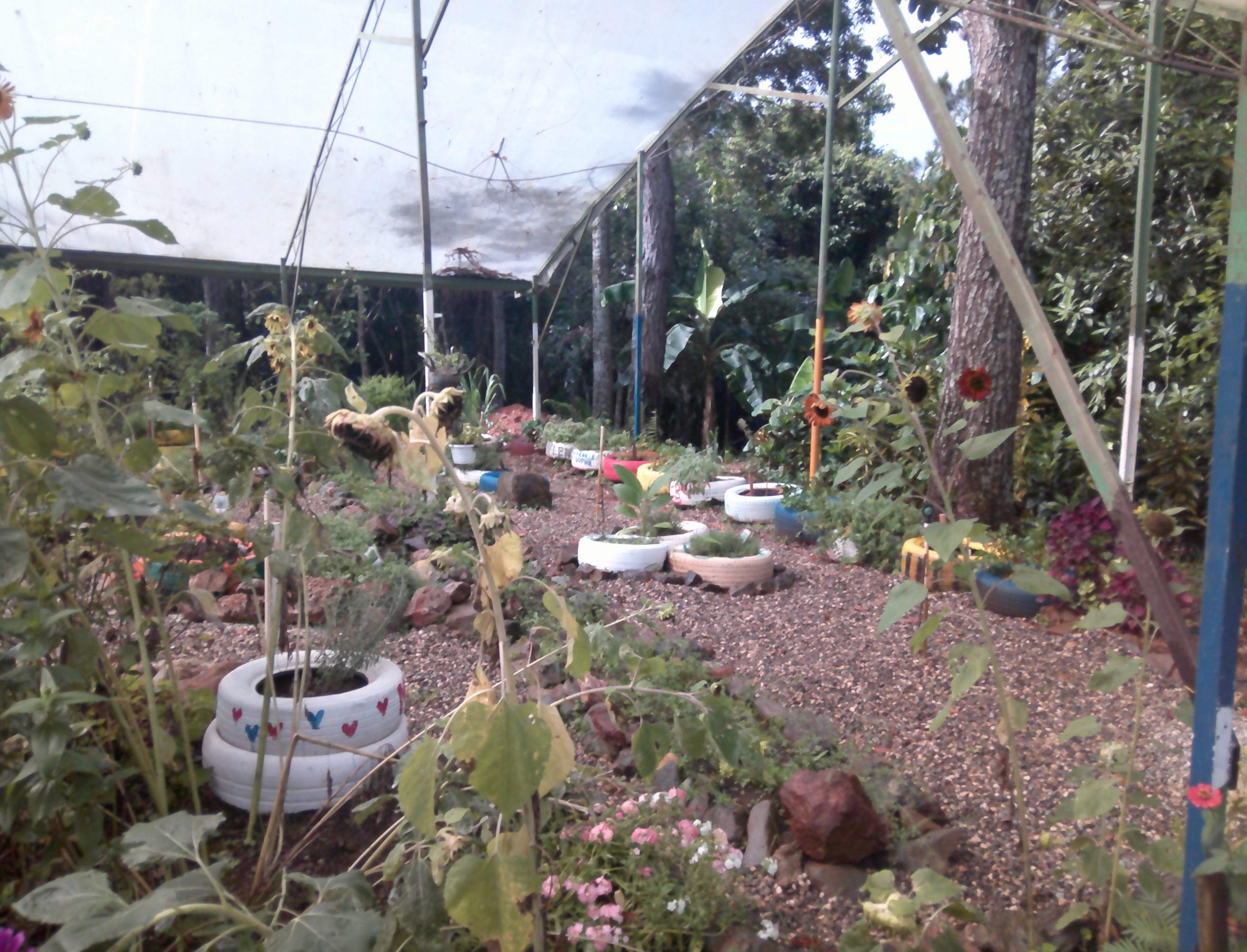

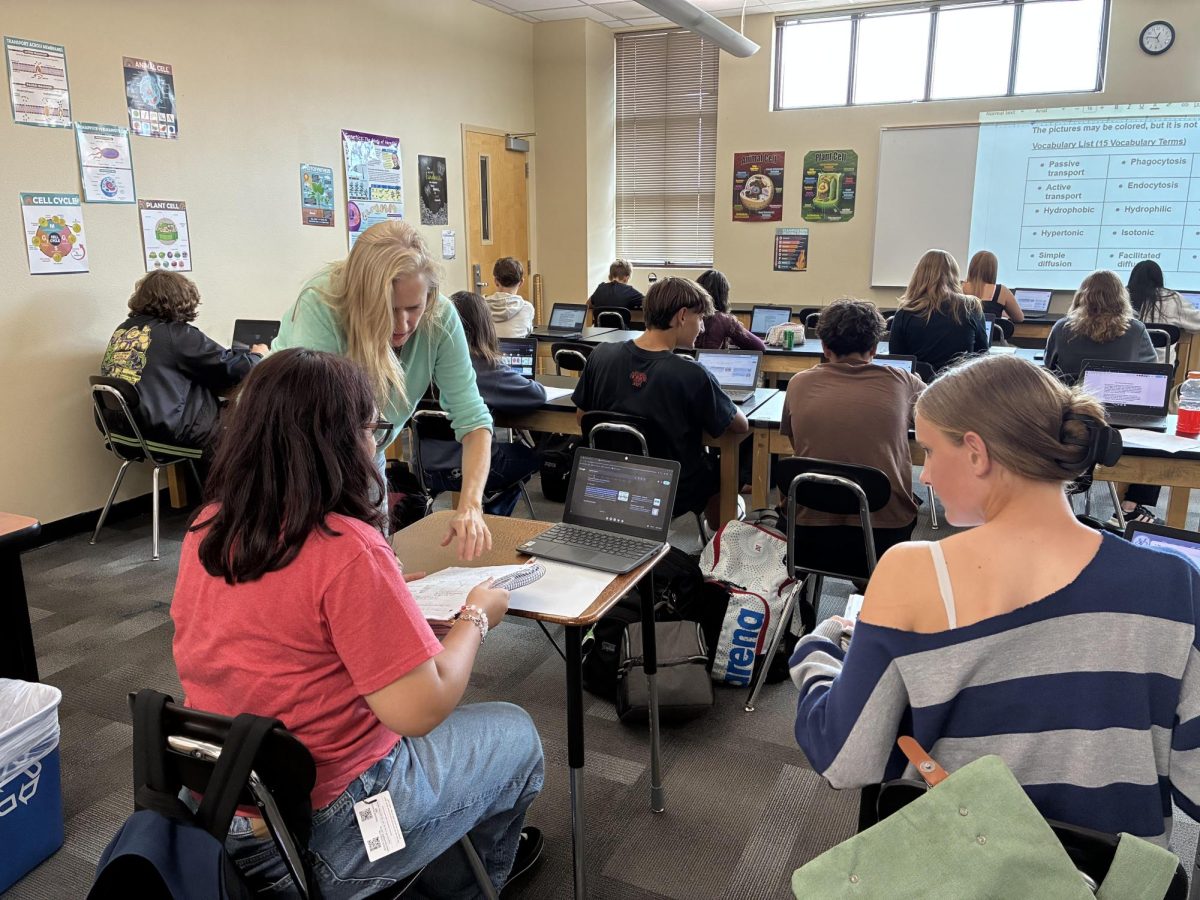
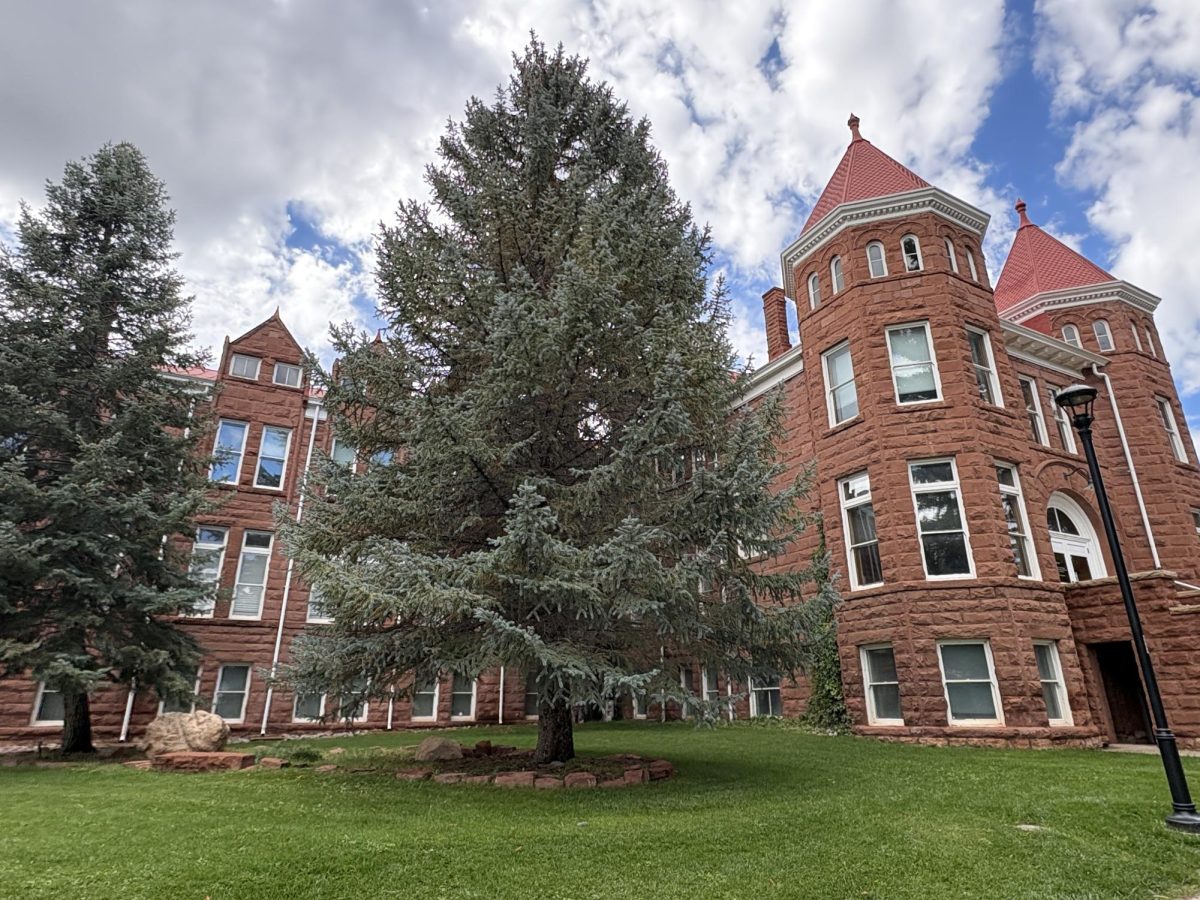


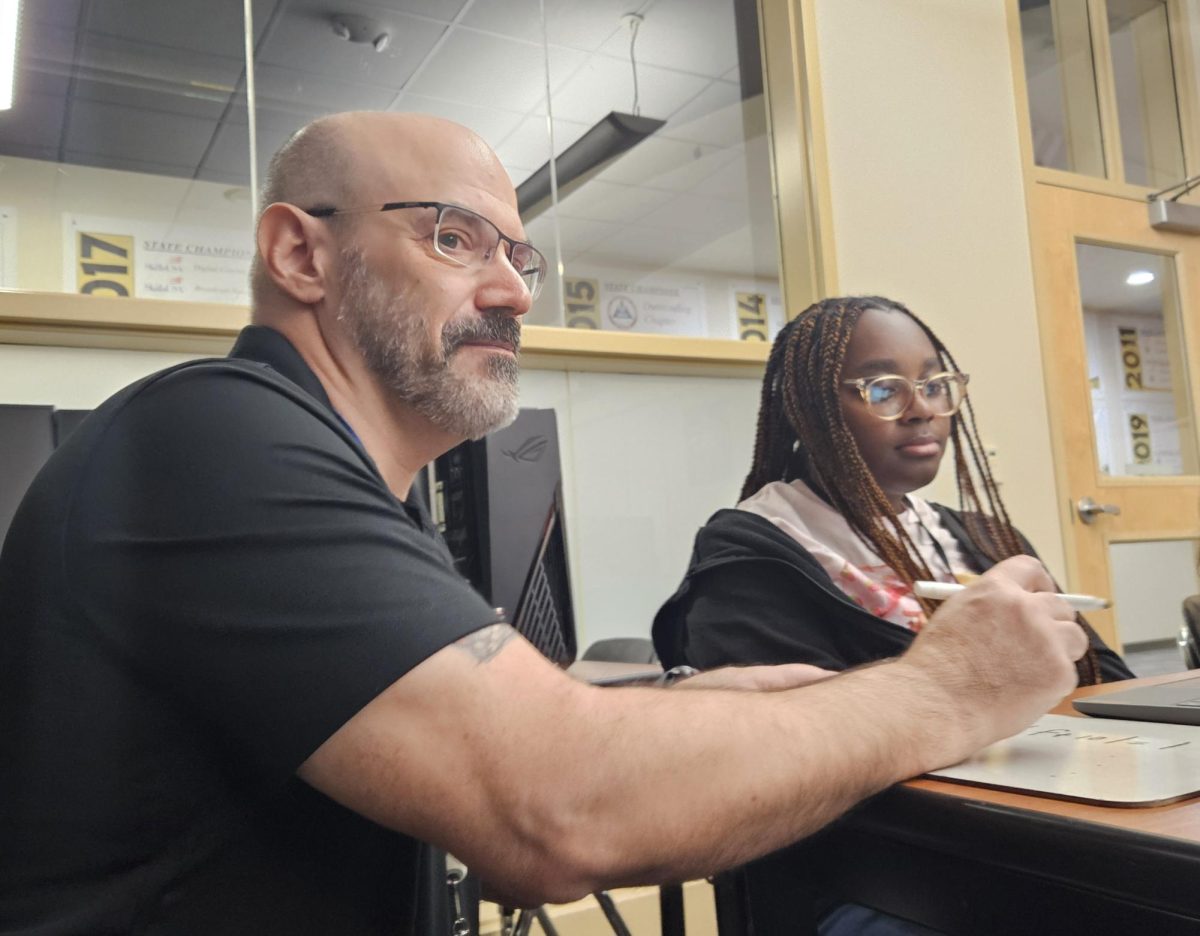
A. Das • Sep 6, 2024 at 4:56 PM
Re: Dominican Republic Ecological Article
by: Jaden Barrero
Excellent article!
Well-written, informative and interesting.
Caring for the ecology of the planet, whether Human, Fauna or Flora is far-beyond merely important, but absolutely vital to the the wellbeing of all that lives and breathes upon this planet..Both now and hopefully for countless future generations.
All such insight, guidance and viable wisdom/observation(s) shared on this topic, (as the author has accomplished to do in this article), is of the utmost importance to the preservation of all that we have been gifted with by Creation.
I appreciate the depth of such an insightful and impactful: “first-hand account”, (complete with the actual pictures from the featured location), provided to both share and to educate the readers.
The included aspect of having contrasted our nation, (and, in this case, our actual home state), ecology/preservation rankings and practices with that of a foreign location, is greatly-appreciated information.
Especially as relates to the specificity of various methods and practices of ‘planet preservation’, (which is a very interesting topic to me personally), and, I hope that it is to many others as well.
We truly need “All Hands On Deck” in the ongoing effort to both retrain and obtain creative and innovative modalities in order to heal our Earth Home.
To help people feel “LESS OK” in treating our land as a trash can and our vast seas as an “out of sight out of mind” waste receptacle is the desired goal which we all must continually work to promote.
In doing so, only then can we begin the practice of SANE, healing, restorative practices.
I would love to continue seeing such fine articles written with such depth and detail, both with the written word and the aesthetic visuals.
Thank you to Author, Jaden Barrero, to Viper Times and to the Journalism Department at Verrado High!
A. Das